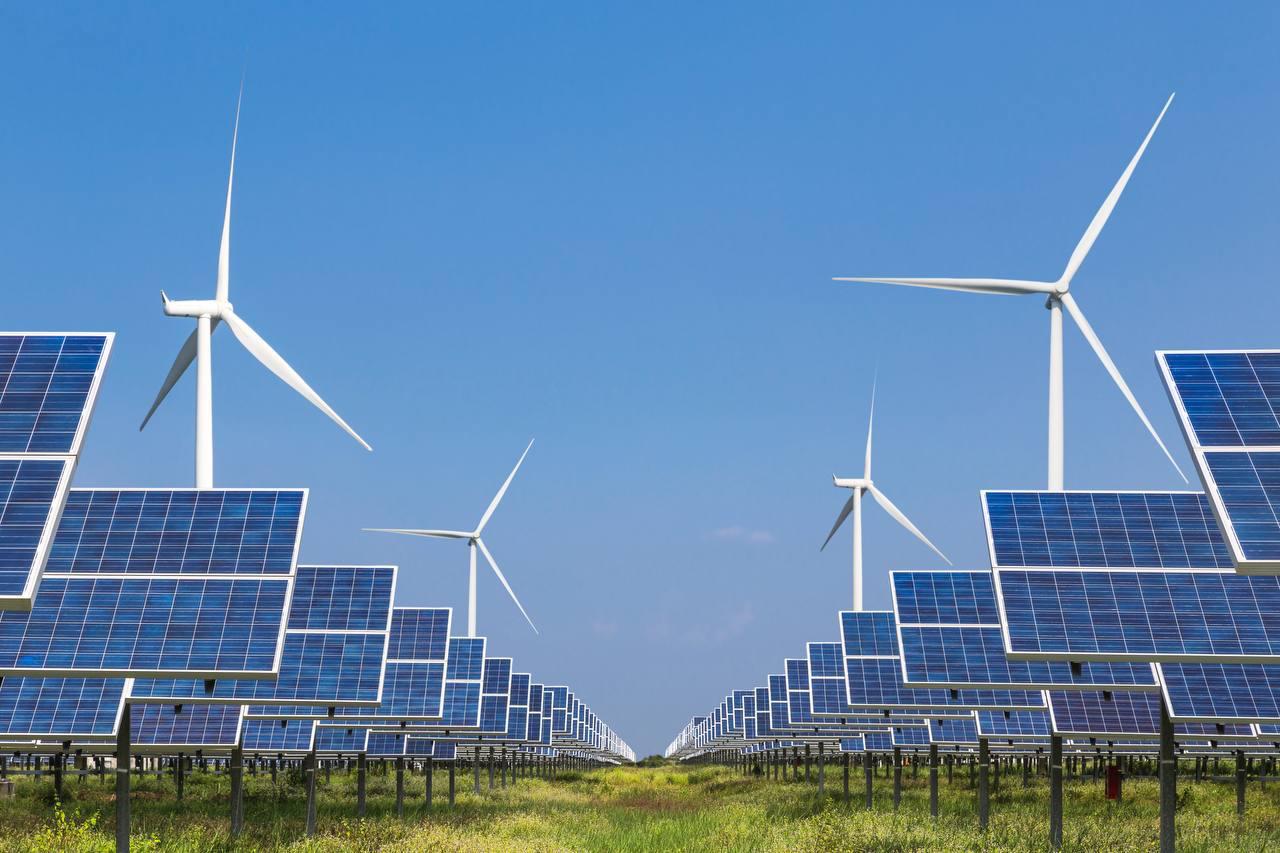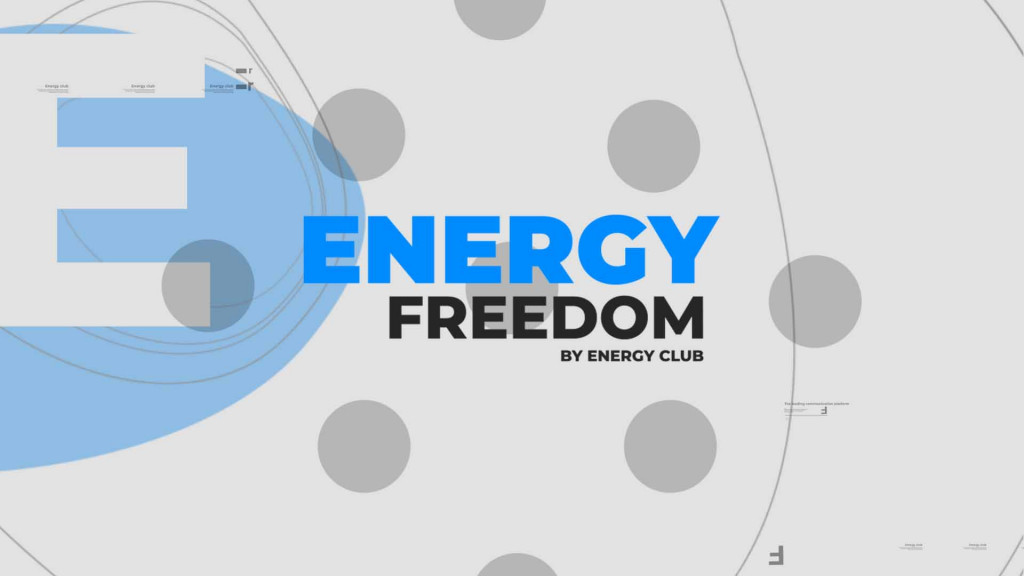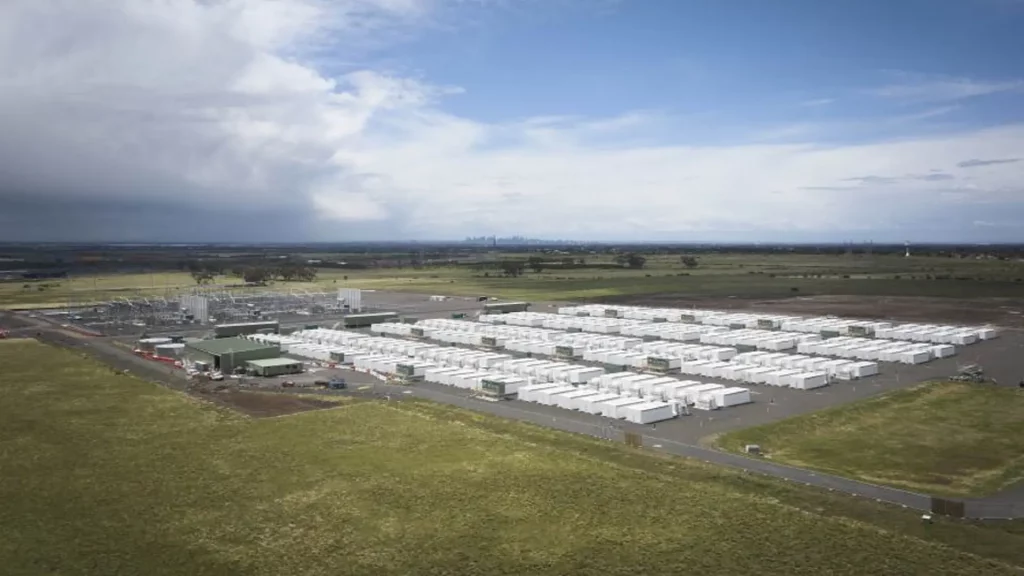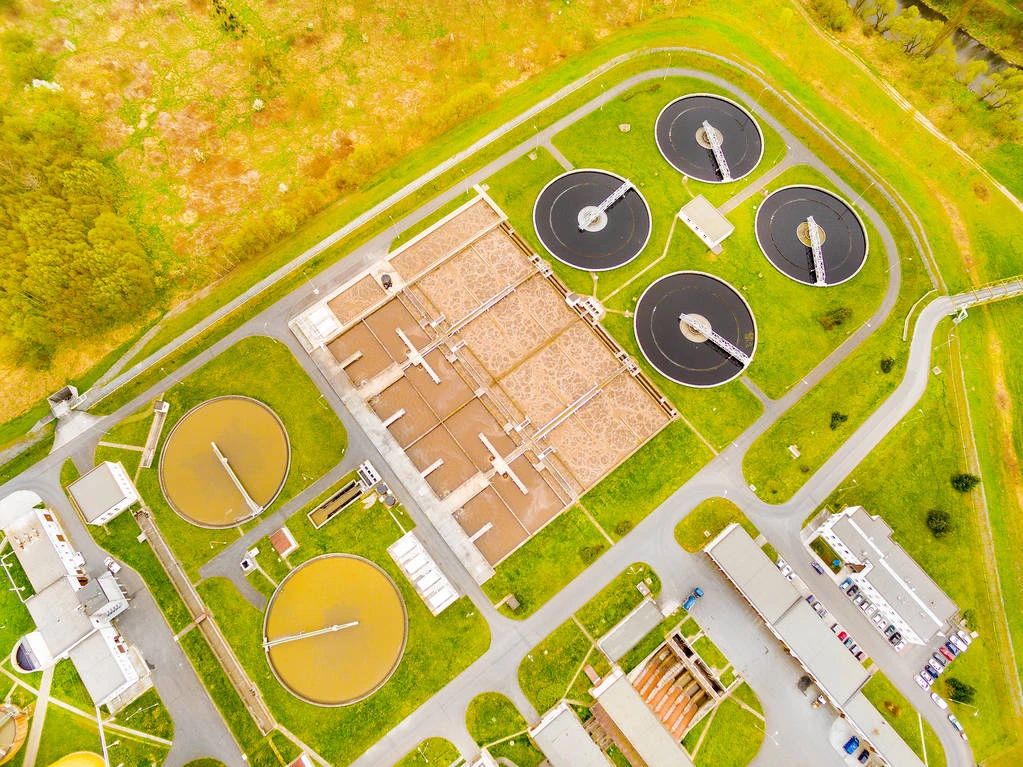
Renewable energy could reach 31 TW by 2050
27.05.2024Bloomberg NEF has released a new Energy Outlook 2024, which analyzes how the world can still achieve the main goal of the Paris Agreement – to keep global warming below 2°C and avoid the worst effects of climate change.
The authors of the Outlook emphasize that the speed of deployment of clean technologies and decarbonization of the energy sector is crucial to achieving success.
The Bloomberg NEF team presents two updated climate scenarios: a zero-emissions scenario (NZS) and a baseline economic transition scenario (ETS).
The amount of investment required to implement the ETS scenario is $181 trillion by 2050. For NZS, it is $215 trillion by 2050.
According to the NZS scenario, demand for oil, gas and coal will peak and begin to decline sharply as early as 2025. This, in turn, will contribute to a rapid increase in clean energy technologies, including a tripling of renewable energy capacities by 2030 and a total capacity of 31 TW by 2050.
A quarter of the 31 TW of installed RES capacity will be needed to power the nearly 3.8 TW of electrolysis capacity expected to be operational by 2050.
According to the ETS scenario, RES will account for 51% of global electricity production by 2030 and 70% (16 TW) by 2050.
One of the common challenges for all countries is grid capacity, which is expected to grow to 111 million km in length by 2050.
As previously reported, April 2024 was the hottest April on record. It continued an 11-month series during which a temperature record was set every month.
The average annual temperature in the world was 1.61 degrees Celsius higher than the average in the pre-industrial period of 1850-1900. Because of this, Hayley Fowler, a climate scientist at the University of Newcastle, noted that the world has already failed to achieve the goal of the 2015 Paris Agreement to limit global warming. “At what point do we say we have lost the battle to keep the temperature below 1.5? My personal view is that we have already lost that battle and we really need to think very seriously about keeping the temperature below 2°C and cutting emissions as fast as we can,” she said.
Become a member of 100 RE UA
Switching to 100% renewable energy in Ukraine is possible!




